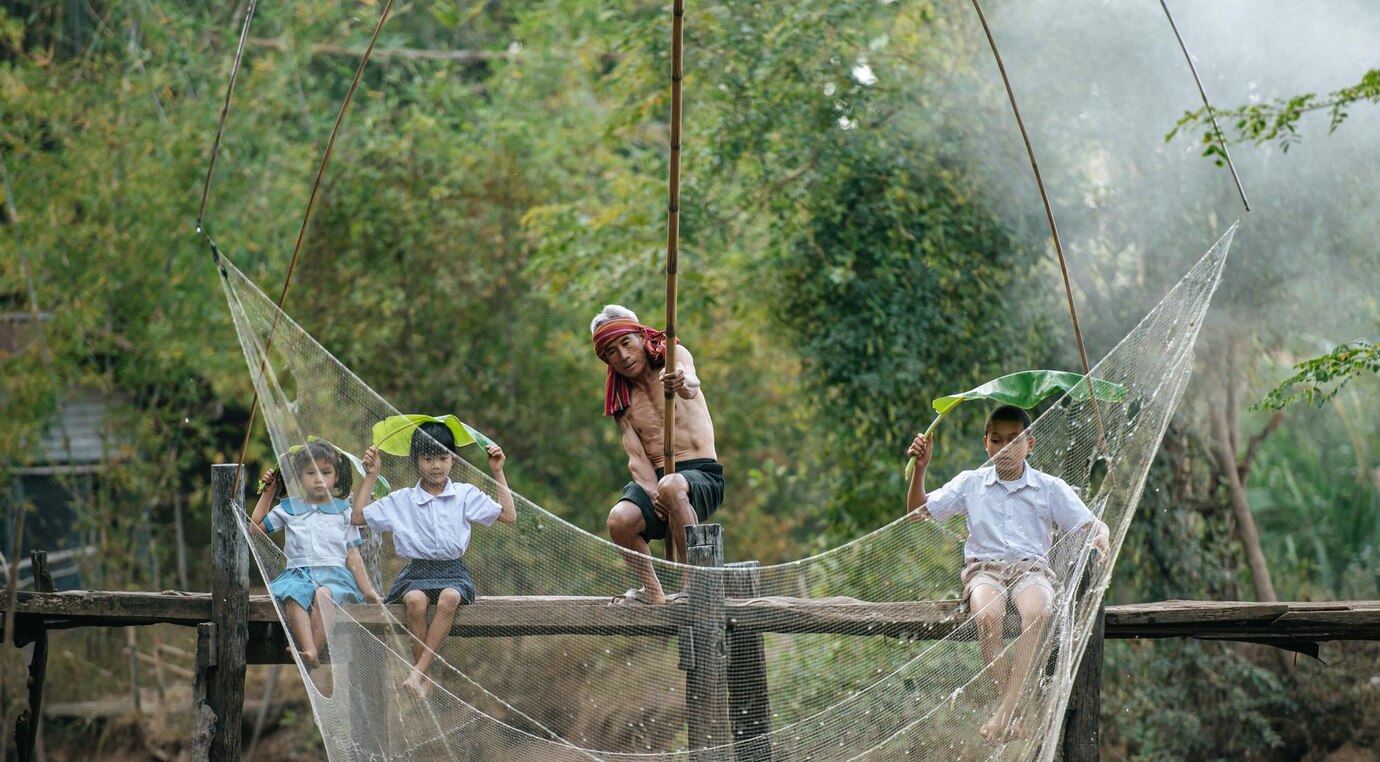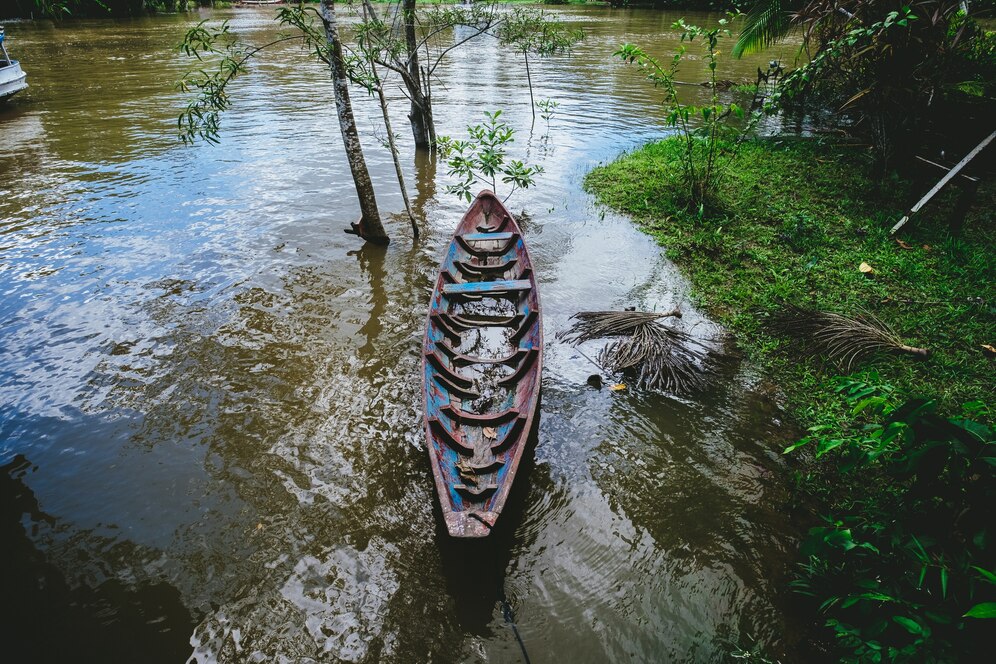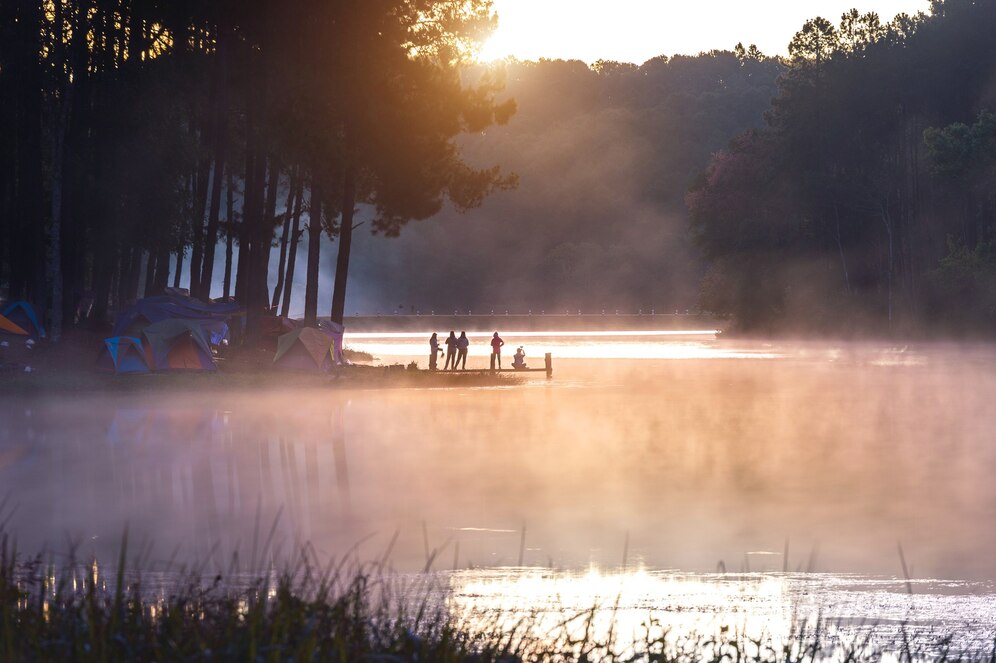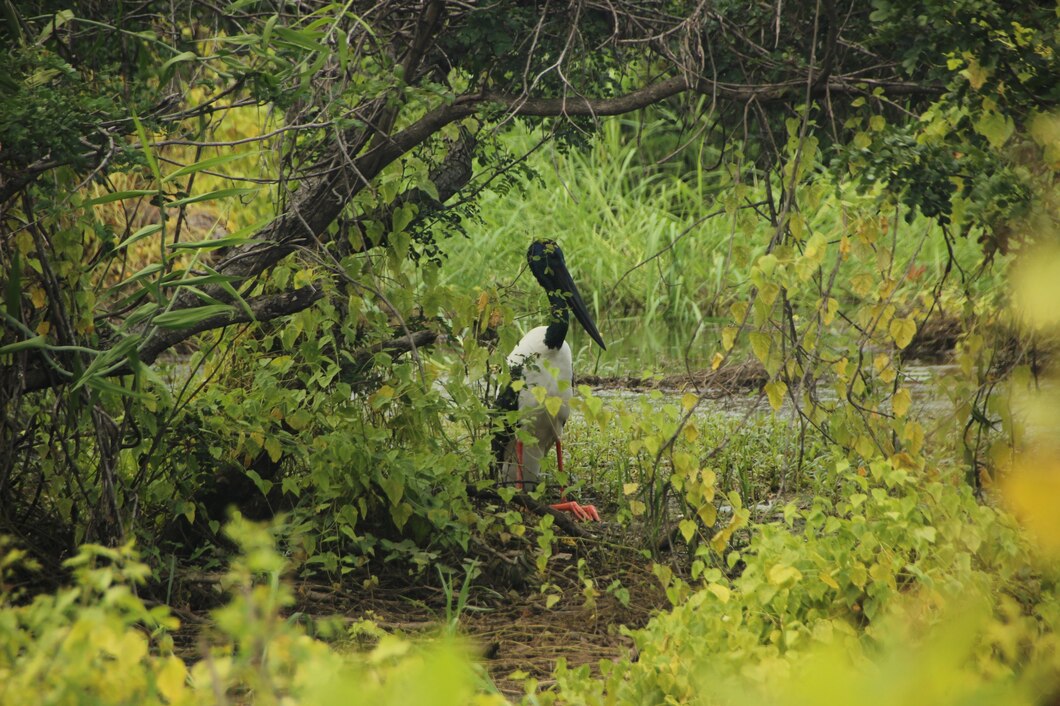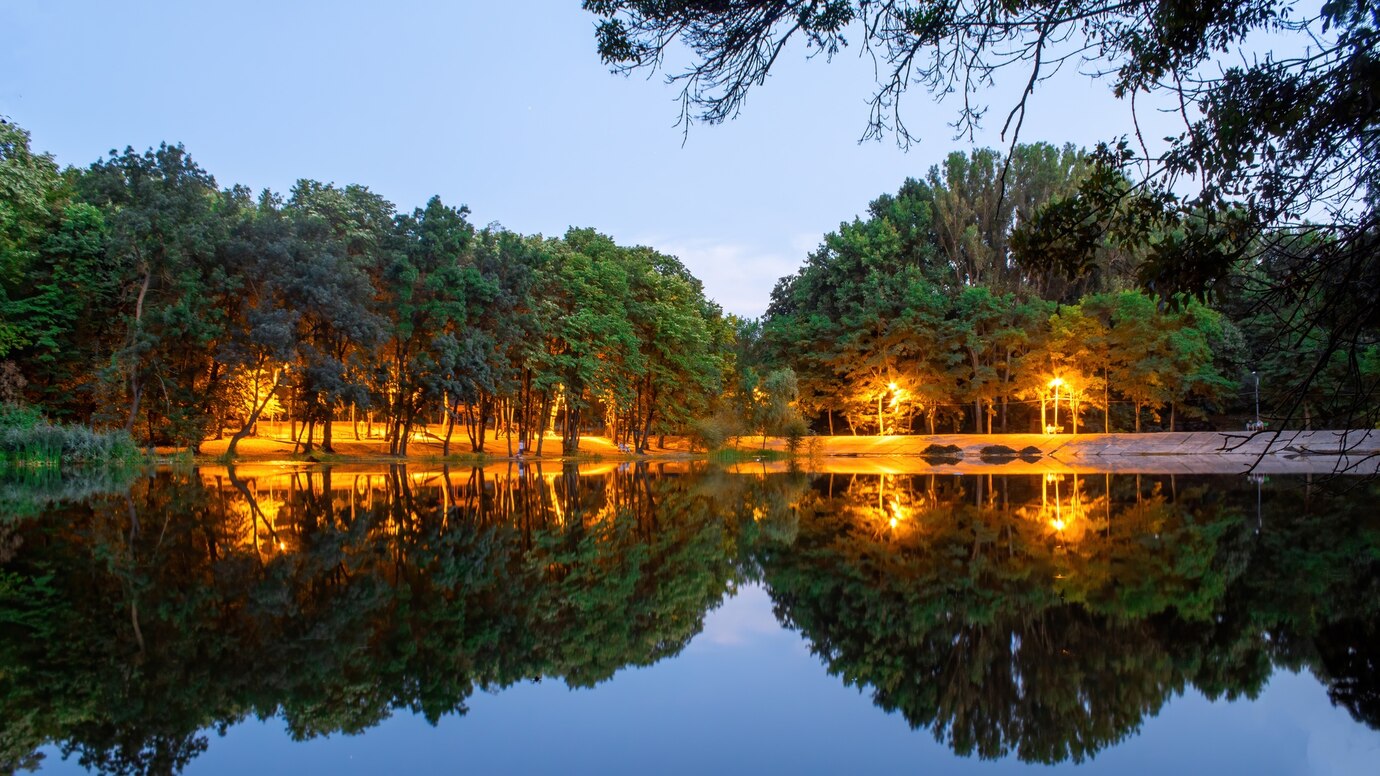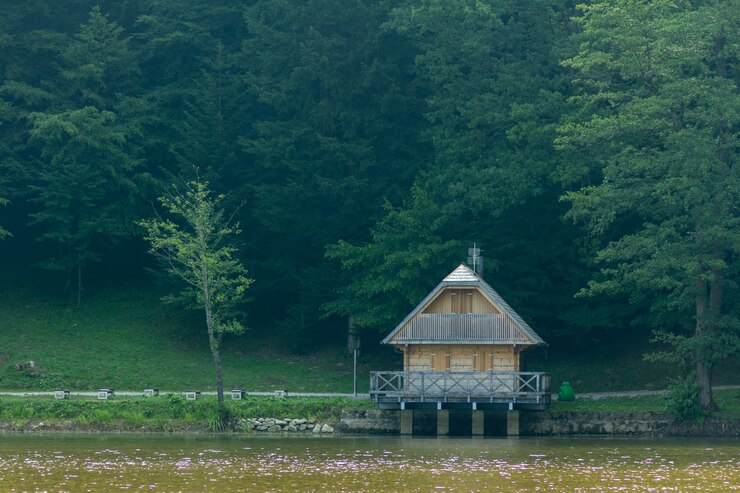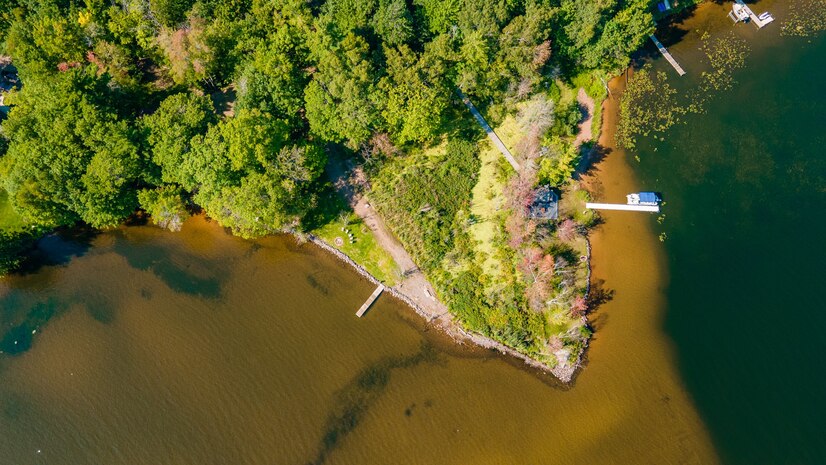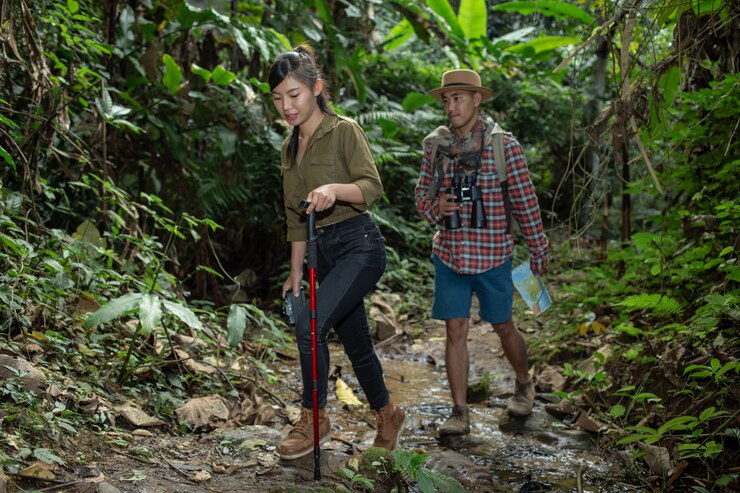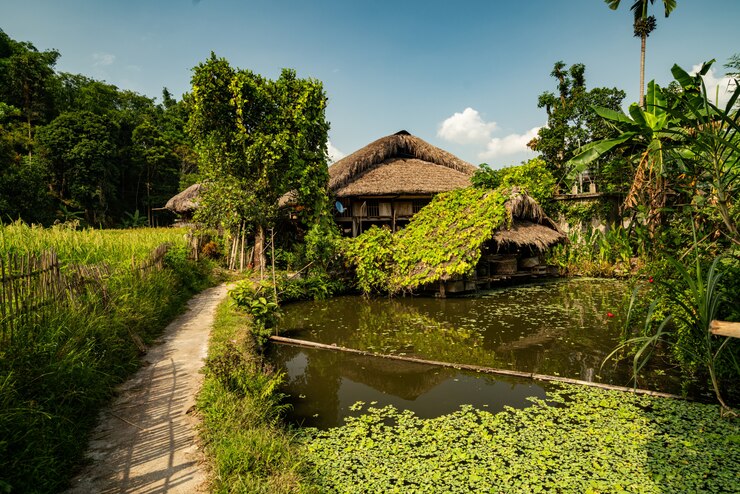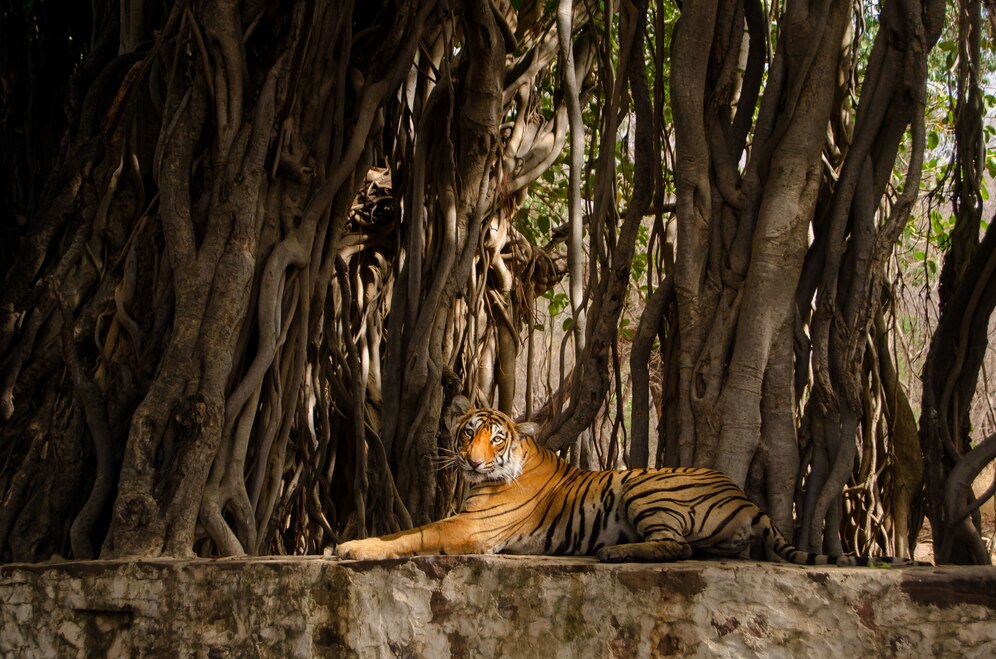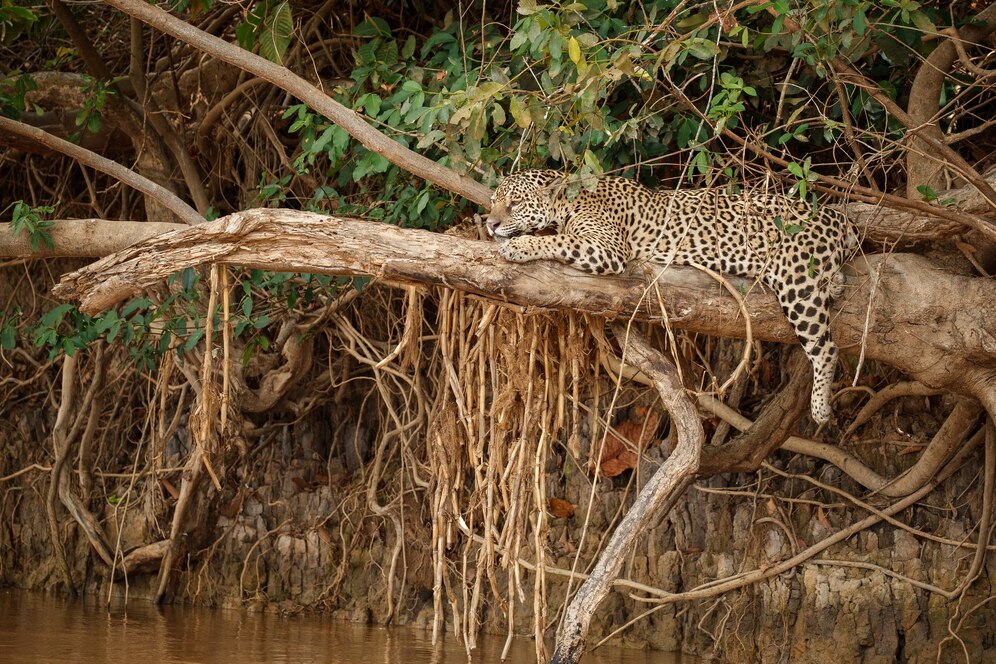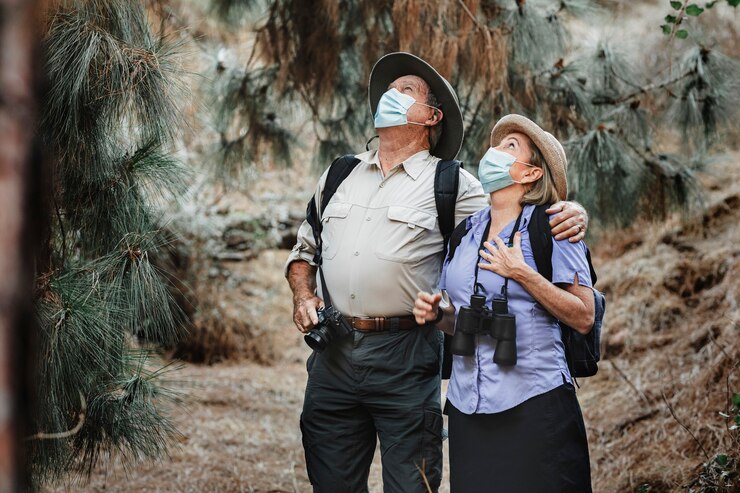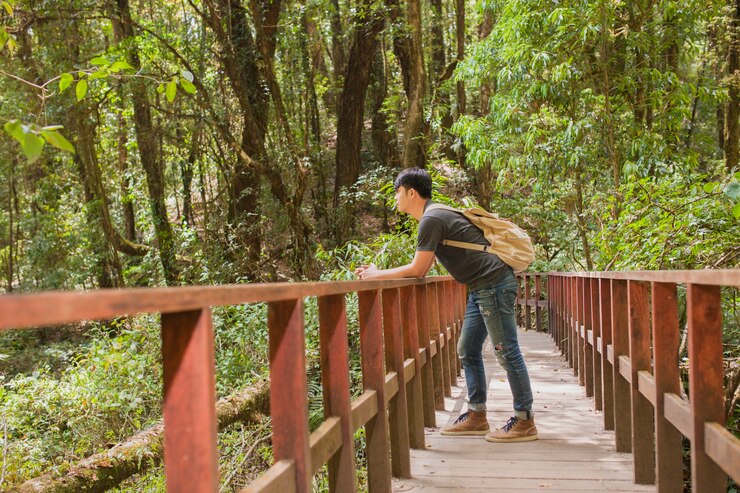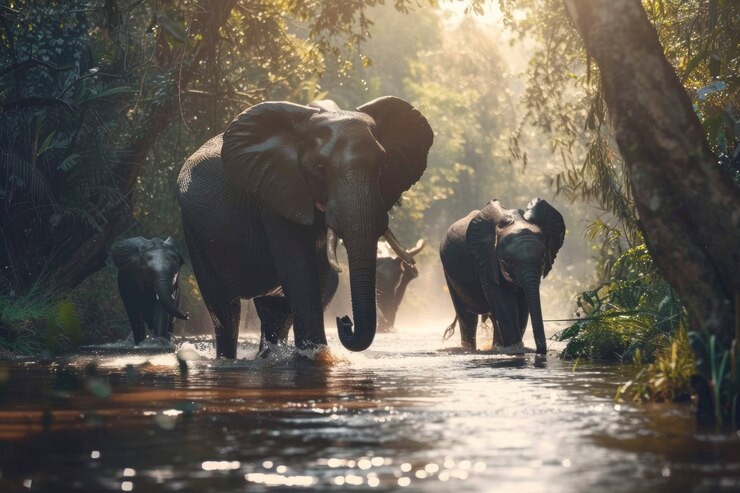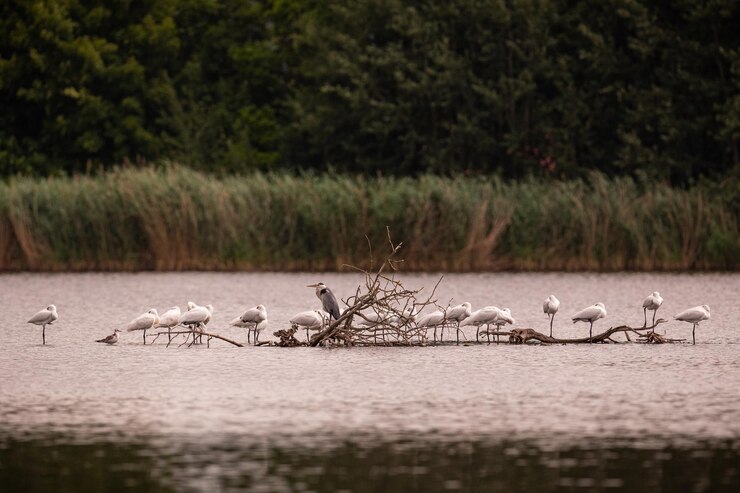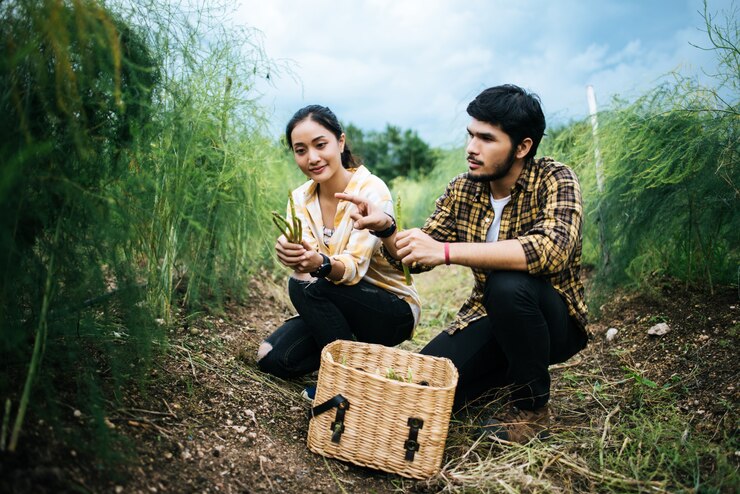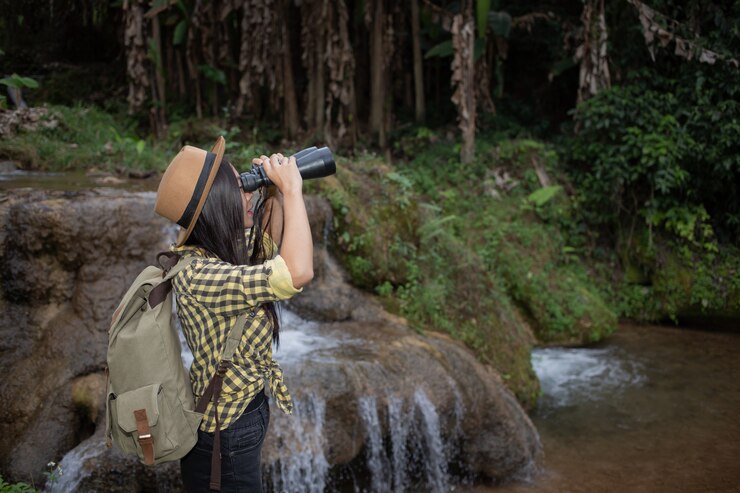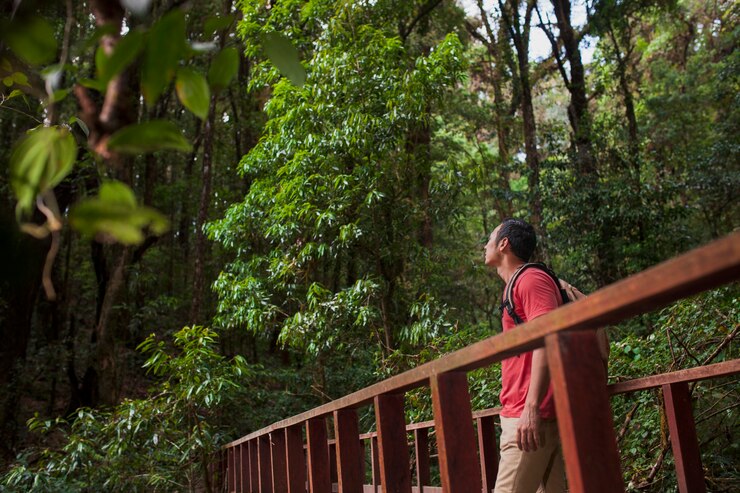The Sundarbans, the world’s largest mangrove forest and a UNESCO World Heritage Site, is one of India’s most extraordinary natural wonders. Spanning across the southern part of West Bengal and parts of Bangladesh, this unique biosphere is home to the elusive Royal Bengal Tiger, saltwater crocodiles, hundreds of bird species, and countless creeks and rivers. For nature lovers and adventure seekers, a visit to the Sundarbans is both thrilling and tranquil.
However, to truly enjoy the region’s beauty and biodiversity, timing your visit is crucial. Additionally, planning smartly can help travelers find the best Sundarban tour package at great prices without compromising on quality or experience. In this article, we explore the best times to visit the Sundarbans and offer practical tips to get the best deals while supporting Sundarban eco tourism.
Understanding the Climate of the Sundarbans
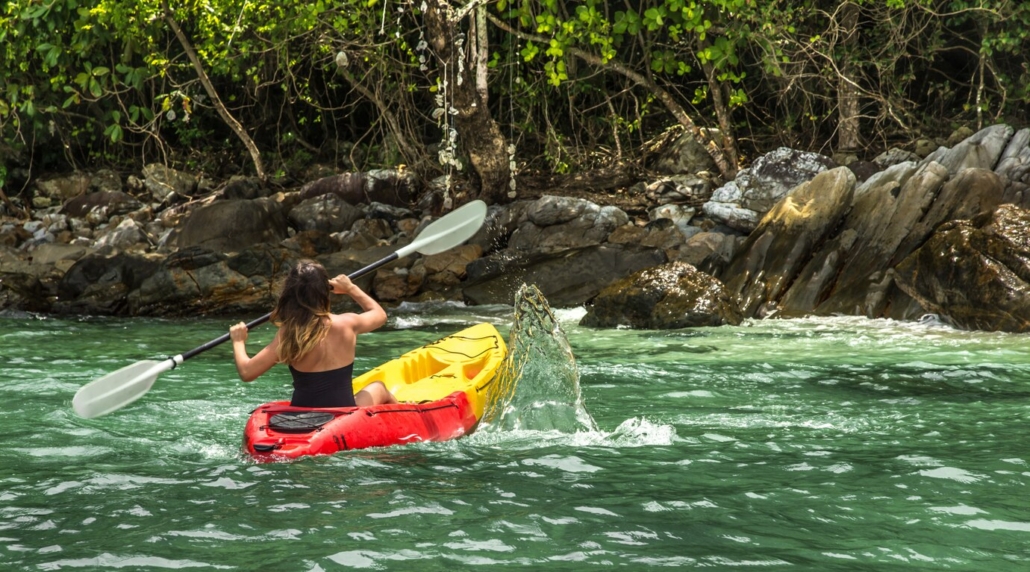
The Sundarbans experience a tropical climate, which can be broadly categorized into three seasons: summer, monsoon, and winter. Each season brings a different experience, but not all are ideal for tourism.
- Summer (March to June): Summers in the Sundarbans are hot and humid, with temperatures soaring above 38°C (100°F). While the forests remain accessible, the sweltering heat and potential for sunstroke make it an uncomfortable time for extended outdoor activities or safaris. This is the off-season for tourism.
- Monsoon (July to September): The monsoon brings heavy rainfall, flooding, and unpredictable water levels. While the greenery thrives during this period, most boat safaris and excursions are suspended due to safety concerns. Tourist numbers drop significantly during these months, though some brave eco-travelers enjoy the peacefulness and lower prices.
- Winter (October to February): This is undoubtedly the best time to visit the Sundarbans. Temperatures range from 10°C to 25°C, and the weather is dry and pleasant. Wildlife sightings, especially of tigers and migratory birds, are most frequent during this period. Boat safaris, nature walks, and cultural experiences are fully operational.
According to the West Bengal Tourism Department, over 70% of tourist visits to the Sundarbans happen between November and January. In 2022, the region welcomed approximately 2.8 lakh (280,000) domestic and international visitors, a 30% increase from pre-pandemic levels, with most visits concentrated during the winter months.
Why Winter is the Ideal Season for Sundarban Travel
- Better Wildlife Sightings: As water sources recede, animals gather around riverbanks, making them more visible to tourists.
- Birdwatching Opportunities: Thousands of migratory birds arrive from Siberia and Central Asia, turning the forest into a haven for birdwatchers.
- Festivals and Cultural Events: Traditional events like Bonbibi Puja are celebrated in January and February, providing a deeper cultural experience.
Getting the Best Deals on Sundarban Tour Packages
To make the most of your trip without straining your budget, here are some smart strategies to get the best Sundarban tour package:
- Book in Advance: Since winter is peak season, packages and accommodations get fully booked. Booking at least two to three months in advance not only ensures availability but also gives you early-bird discounts.
- Opt for Weekday Travel: Avoid weekends and public holidays. Tour operators and resorts often offer lower rates on weekdays to attract off-peak travelers.
- Choose Group Packages: Traveling with a group often brings down the per-person cost significantly. Group Sundarban tour packages also include shared boat rides, local guides, and meals, which reduce overall expenses.
- Look for Eco-Tourism Certified Operators: Select tour agencies that follow Sundarban eco tourism principles. These operators offer packages that include sustainable lodging, community involvement, and reduced environmental impact. Many certified operators offer transparent pricing with no hidden costs.
- Compare Online Platforms: Use online platforms like MakeMyTrip, Thrillophilia, and regional tourism portals to compare prices, itineraries, and reviews. Seasonal promotions and cashback offers are common during the festive period from October to January.
Types of Sundarban Tour Packages Available
Depending on your travel style and time availability, you can choose from:
- Day Tours: Ideal for visitors short on time. These usually include transport from Kolkata, a few hours of river cruising, and a meal.
- Overnight Packages (1N/2D): The most popular option, offering one-night accommodation in eco-resorts or boats and a full-day safari.
- Extended Tours (2N/3D or more): These offer a comprehensive experience, including multiple safaris, village walks, cultural programs, and interaction with local communities.
On average, a 2N/3D Sundarban tour package ranges from INR 3,500 to INR 7,000 per person, depending on the quality of accommodation and inclusions.
Why Choose Sundarban Eco Tourism
Sundarban eco tourism is about promoting responsible travel while supporting the environment and local livelihoods. With increasing ecological concerns, many travelers are shifting toward eco-conscious travel experiences.
According to a 2023 study by the Ecotourism Society of India, eco-tourism destinations in India saw a 40% rise in bookings post-COVID, with the Sundarbans ranking among the top five.
Key features of Sundarban eco tourism include:
- Local Employment: Many tours employ local guides, boatmen, and cooks, directly supporting the community.
- Sustainable Accommodation: Eco-resorts are built using natural materials and follow waste and water management practices.
- Minimal Environmental Impact: Operators follow restricted boat routes, avoid littering, and educate tourists about the fragile mangrove ecosystem.
By choosing eco-certified tour operators, travelers help preserve the rich biodiversity of the Sundarbans while enjoying a more authentic and meaningful experience.
Travel Tips for a Smooth Sundarban Trip
- Carry Essentials: Binoculars, insect repellent, sunscreen, and lightweight jackets are must-haves.
- Stay Hydrated and Pack Snacks: Although most packages offer meals, it’s wise to carry water and dry snacks during long safaris.
- Respect Local Culture and Wildlife: Follow your guide’s instructions, avoid loud noises, and do not litter.
Conclusion
The Sundarbans offer a rare combination of adventure, serenity, and ecological richness. The best time to visit is undoubtedly between October and February when weather conditions are favorable, wildlife is active, and cultural experiences abound. By booking early and opting for Sundarban eco tourism providers, travelers can enjoy not only competitive prices on their Sundarban tour package but also contribute positively to local conservation and livelihoods. Whether you’re a wildlife enthusiast, a photographer, or a curious explorer, the Sundarbans promise an unforgettable experience deeply rooted in nature and sustainability.

